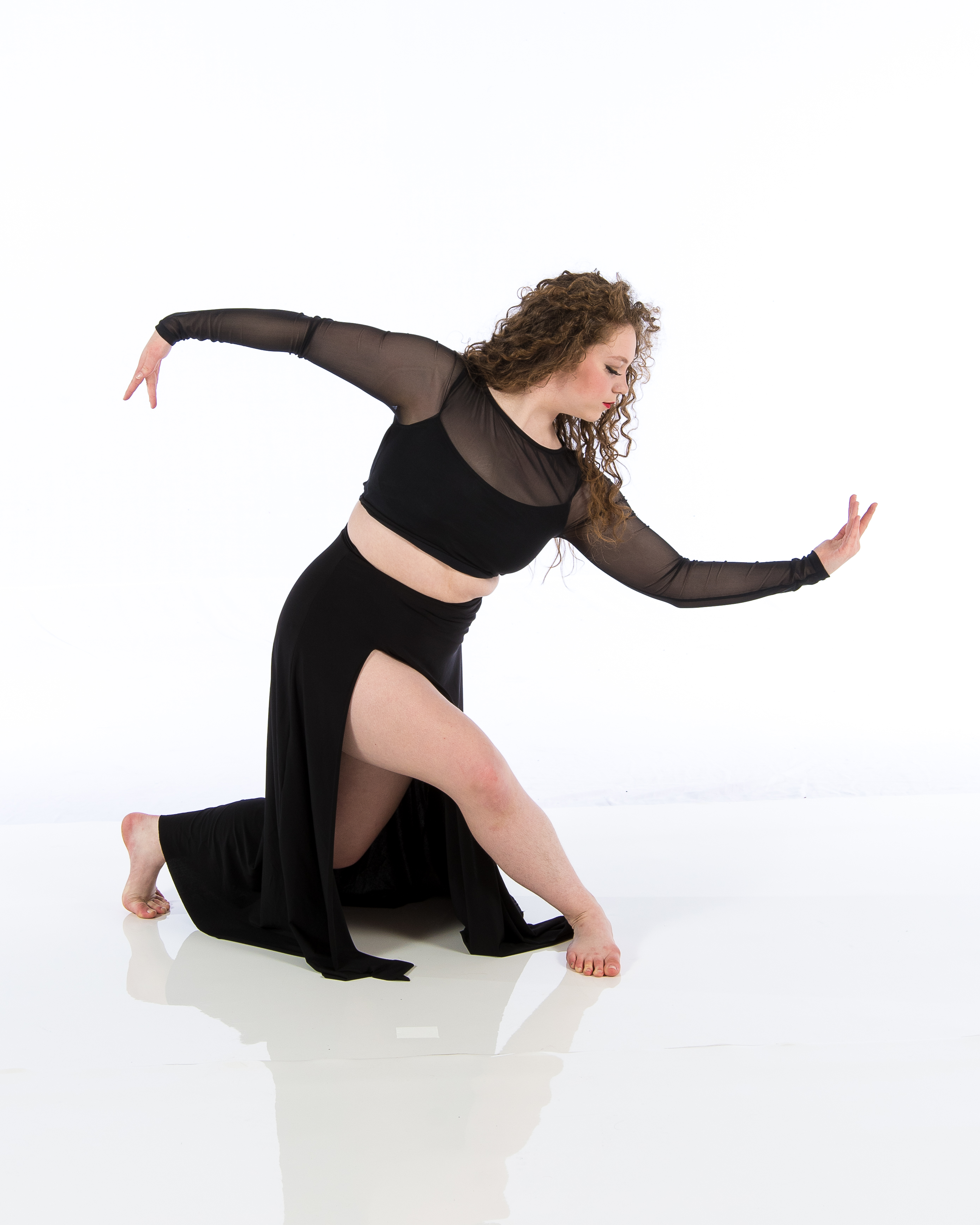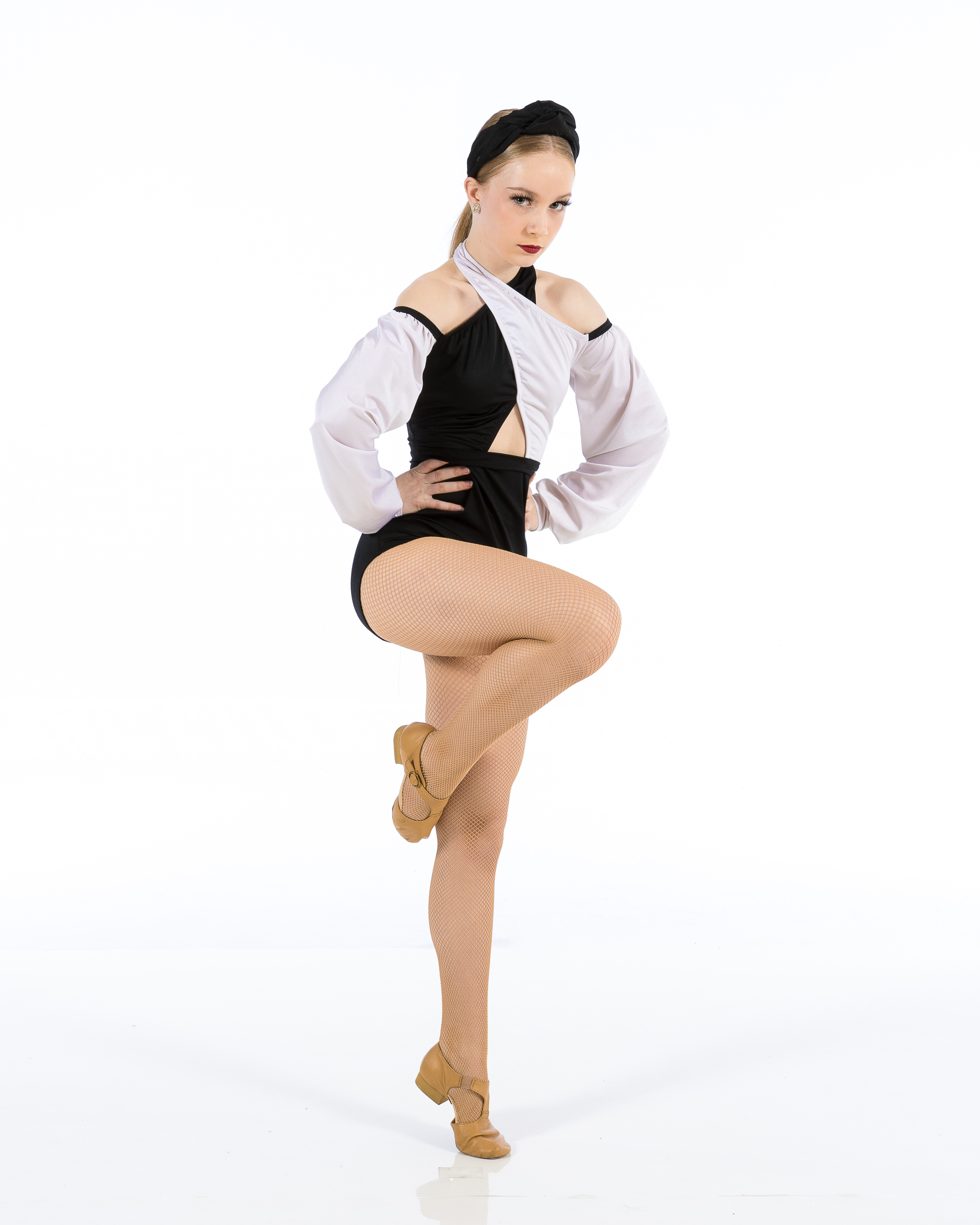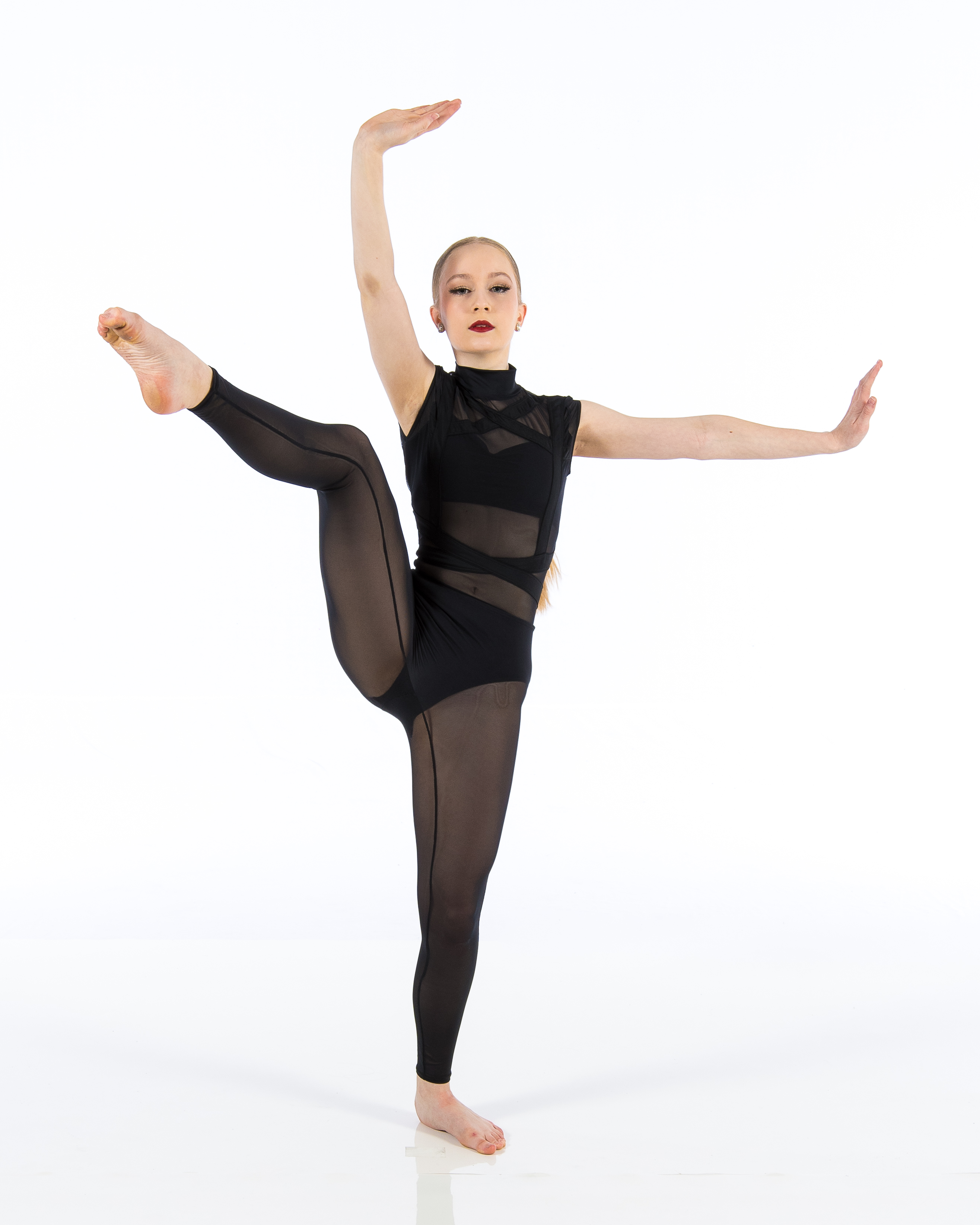Dance is an ever-evolving art form that transcends boundaries—cultural, physical, and emotional. It's a way for individuals to express themselves, connect with their bodies, and discover new dimensions of movement. However, if you're considering diving into the world of dance or enhancing your skills, you might find yourself overwhelmed by the array of options available. That's where this Dance information guide comes in! In "Exploring the Spectrum: A Guide to Different Types of Dance Studios and Their Unique Offerings," we will take an extensive look at various types of dance studios and what they have to offer.
What is a Dance Studio?
A dance studio is more than just a space with mirrors and wooden floors; it's a sanctuary for creativity, expression, and community. Typically equipped with specialized flooring to reduce injury risks and outfitted with mirrors for self-reflection, dance studios serve as the foundation for learning different styles of dance. They provide essential resources for aspiring dancers—from beginners eager to learn their first steps to seasoned performers looking to refine their techniques.
The Importance of Dance Classes
Dance classes are crucial for anyone wanting to explore this dynamic art form. They offer structured learning environments where students can receive expert guidance from experienced instructors. Whether you want to improve your fitness level, develop social skills, or pursue a career in dance, enrolling in a dance class can set you on the right path.
How Many Types of Dance Studios Are There?
When it comes to dance studios, there's no one-size-fits-all approach. The types of studios vary based on the styles they teach, their pedagogical approaches, and their target demographics. From ballet conservatories focused on classical technique to hip-hop studios that celebrate street culture, there’s truly something for everyone.
Exploring Different Types of Dance Studios
In our journey through various types of dance studios, we’ll explore unique offerings that cater specifically to different interests and needs.
1. Classical Ballet Studios
Overview
Ballet remains one of the most respected forms of dance worldwide. Classical ballet studios focus on teaching foundational techniques that emphasize discipline, grace, and precision.
Curriculum Highlights
- Basic Techniques: Students typically start with barre exercises that build strength. Performance Opportunities: Many ballet schools offer recitals or annual performances. Specialized Training: Advanced students may have opportunities for pre-professional training.
2. Contemporary Dance Studios
Overview
Contemporary dance blends various styles—including jazz, ballet, and modern—to create fluid movements that express emotion.
Curriculum Highlights
- Improvisation: Emphasis on personal expression through spontaneous movement. Collaboration: Often encourages group projects among students.
3. Hip-Hop Studios
Overview
Hip-hop studios focus on street dances like breaking, locking, and popping. They often foster a fun and energetic environment.
Curriculum Highlights
- Choreography: Classes usually center around learning popular routines. Battle Culture: Some studios hold informal competitions or showcases where students can perform.
4. Jazz Dance Studios
Overview
Jazz dance is all about energy and rhythm! Jazz studios teach lively routines inspired by popular music genres.
Curriculum Highlights
dance studio services- Stylistic Variations: Students learn multiple jazz styles including Broadway. Performance Focus: Regular showcases help build confidence in performance settings.
5. Ballroom Dance Studios
Overview
Ballroom dancing includes partner dances such as salsa, tango, waltz, and foxtrot—a perfect choice for those who enjoy social dancing!
Curriculum Highlights
- Social Skills Development: Emphasizes leading and following techniques. Competitive Opportunities: Many ballroom studios prepare students for competitions.
6. Latin Dance Studios
Overview
Latin dance encompasses vibrant styles like salsa and bachata while focusing on rhythmical footwork.
Curriculum Highlights
- Cultural Exposure: Students often learn about Latin music's cultural roots. Partner Work: Classes usually require pairing up with classmates.
7. Tap Dance Studios
Overview
Tap dancing emphasizes rhythm through footwork—perfect for those who love music!
Curriculum Highlights
- Rhythmic Exercises: Classes often begin with warm-ups focused solely on footwork patterns. Performance Opportunities: Many tap classes culminate in showcases featuring student choreography.
Introduction to Specialized Dance Programs
Beyond traditional classes offered at general dance studios lie specialized programs catering to unique interests or demographics:
8. Adaptive Dance Studios
These programs are designed explicitly for individuals with disabilities or special needs—ensuring inclusion within the art form!
9. Children's Dance Academies
Focusing primarily on younger dancers aged 3–12 years old; these academies introduce fundamental skills while ensuring classes remain playful!
Creating Community Through Dance
One remarkable feature present across most types of dance studios is community-building!
10. Social Events & Gatherings
Many studios host events like open houses or themed nights—creating opportunities beyond regular class hours!
Factors Influencing Your Choice of Studio
Selecting the right studio involves careful consideration:
11. Location & Accessibility
Is it close enough for regular attendance? Consider transportation options if required!
12. Instructor Qualifications
Do instructors possess relevant experience? Researching backgrounds ensures quality instruction!
Conclusion
In conclusion—dance offers something captivating regardless if you're seeking physical fitness or artistic expression! By exploring diverse offerings within various types of dance studios detailed throughout “Exploring The Spectrum,” readers gain insight into enriching experiences available today!
With this comprehensive guide at hand—what will your next step be? Will you enroll in that ballet class you've always dreamed about? Or perhaps try out some lively hip-hop moves? Whatever path you choose—remember dancing connects us all; so step into a world full of joy today!
Frequently Asked Questions (FAQs)
1. What should I wear for my first dance class?
You should wear comfortable clothing that allows freedom of movement—such as leggings or fitted T-shirts—and consider investing in proper footwear specific to your chosen style (e.g., ballet shoes).
2. How do I choose which type of studio is best for me?
Consider what style excites you most along with factors like location convenience & instructor expertise; trial classes can also help gauge your interest level before committing further!
3. Is it too late for adults to start dancing?
Absolutely not! Many adult learners thrive in beginner-friendly environments tailored toward older participants; age shouldn’t deter anyone from pursuing passion!
4. Can I bring a friend along?
Most studios encourage companionship during initial visits—a supportive friend can make trying new things feel less daunting while enhancing enjoyment levels too!
5. Are there performance opportunities available?
Yes! Many schools frequently host performances showcasing student work alongside professional guest artists; check individual studio websites regarding upcoming shows/events!



By delving deeper into this vibrant world filled with creativity—embracing both challenges & joys inherent within each step taken—we hope readers gain newfound appreciation when venturing forth into local communities filled with fellow enthusiasts ready share inspiration together!